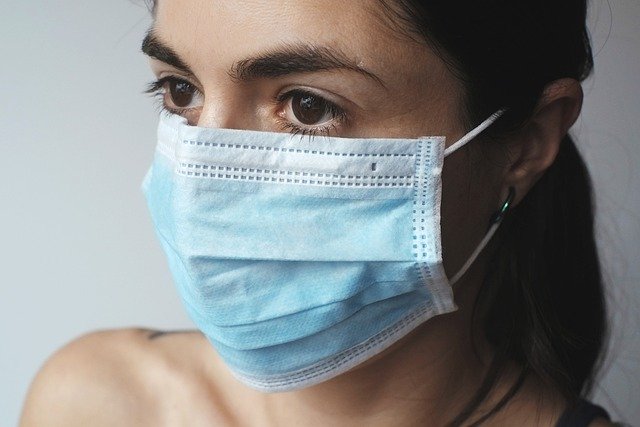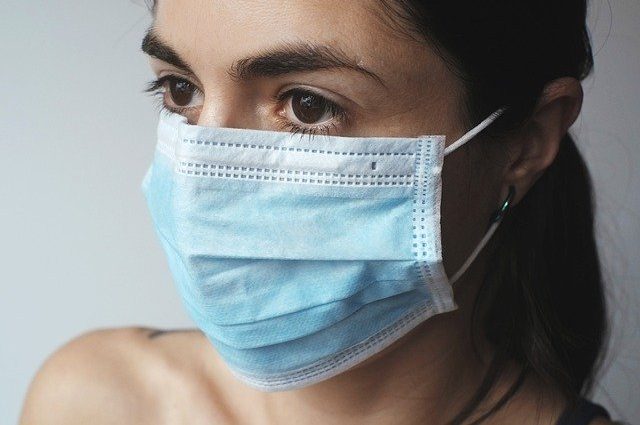A randomized trial of more than 6,000 participants in Denmark adds new evidence to what is known about whether masks protect the wearer from SARS-CoV-2 infection in a setting where public health measures, including social distancing, are in effect but others are not wearing masks. The DANMASK-19 trial randomized participants to follow those public health measures with or without an additional recommendation to wear a surgical mask when outside the home. Mask use outside of hospitals was uncommon in Denmark at the time. After 1 month of follow-up, 1.8% of participants in the mask group and 2.1% in the control group developed infection. While the evidence excludes a large personal protective effect of mask wearing, it weakly supports lesser degrees of protection, and cannot definitively exclude no effect. The findings are published in Annals of Internal Medicine.

Researchers from Copenhagen University Hospital recruited 6,024 adults who spent at least 3 hours per day outside their homes, whose occupations did not require masks, and who did not have a previous known diagnosis of SARS-CoV-2 infection. Participants were randomized into the mask group or the control group and those in the mask group were given a supply of surgical masks. All participants completed weekly surveys and antibody tests with PCR testing if COVID-19 symptoms developed, and at 1 month. At the conclusion of the trial, infection rates were similar between the two groups.
FACE MASKS: STUDY SHOWS IT’S UNLIKELY TO CAUSE OVER-EXPOSURE TO CO2
Of note, Danish authorities did not recommend masks during the study period and their use in the community was uncommon. Public transportation and shops remained open and recommended public health measures included quarantine of persons with SARS-CoV-2 infection, social distancing, limiting the number of people seen, frequent hand hygiene and cleaning, and limited visitors to hospitals and nursing homes.
According to the study authors, their findings offer evidence about the degree of protection mask wearers can anticipate in a setting where others are not wearing masks and where other public health measures, including social distancing, are in effect. The findings, however, should not be used to conclude that a recommendation for everyone to wear masks in the community would not be effective in reducing SARS-CoV-2 infections, because the trial did not test the role of masks in source control (transmission from an infected person to others) of SARS-CoV-2 infection.
The editors of Annals of Internal Medicine chose to publish the DANMASK-19 trial because it is a well-designed study that provides an important piece of evidence to understand the puzzle of how to control the COVID-19 pandemic. They also note that the U.S. Centers for Disease Control recently updated their guidance to acknowledge that masks, when worn by all, may reduce transmission by both source control and personal protection. They say that the DANMASK-19 trial does not conflict with these guidelines, but shows that any contribution to risk reduction through personal protection is likely to be less than through source control.





